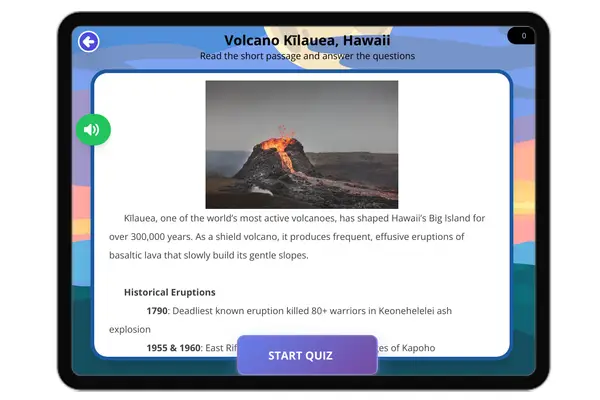Transform Plate Boundaries: Earth's Sliding Plates — Passage
Beneath our feet, Earth’s tectonic plates are constantly moving—not just colliding or pulling apart, but also grinding sideways past each other at transform boundaries. These sliding boundaries create some of the world’s most famous fault lines, where earthquakes reshape landscapes and challenge human communities.
How Transform Boundaries Work
Unlike convergent or divergent boundaries, transform boundaries don’t create or destroy crust. Instead, two plates slide horizontally in opposite directions, building up tremendous stress along jagged fault lines. When this stress suddenly releases—SNAP!—an earthquake strikes.
The San Andreas Fault: A Living Laboratory
The San Andreas Fault in California is the world’s most famous transform boundary. Here, the Pacific Plate slides northward past the North American Plate at about 5 cm per year—the speed your fingernails grow. Over millions of years, this motion has shifted rocks hundreds of miles and created a landscape of cracked valleys and offset streams.
Did You Know?
Parts of California west of the fault (including Los Angeles) are slowly moving toward Alaska, while the rest of the state stays put! In 20 million years, L.A. could be a suburb of San Francisco.
Earthquakes and Human Impact
Because plates don’t slide smoothly, they often get “stuck” for years—even centuries—before suddenly lurching forward. The result? Devastating quakes like:
● 1906 San Francisco earthquake (7.9 magnitude, 3,000 deaths)
● 1989 Loma Prieta earthquake (collapsed freeways, World Series interruption)
Today, scientists monitor fault lines with lasers and GPS, but predicting earthquakes remains nearly impossible.
Transform Boundaries Worldwide
While the San Andreas gets the spotlight, other transform boundaries exist:
● Alpine Fault (New Zealand): Where the Pacific and Australian Plates scrape past each other.
● North Anatolian Fault (Turkey): Caused a deadly 7.4 quake in 1999.
Fun Fact: Did you know the San Andreas Fault is so visible from space that astronauts use it as a landmark? This giant scar on Earth’s surface stretches 1,200 km (745 miles)—longer than the entire state of California!
What is the primary movement at transform plate boundaries?
Plates collidePlates pull apartPlates slide past each otherPlates sink into the mantleWhich famous fault is an example of a transform boundary?
Mariana TrenchSan Andreas FaultMid-Atlantic RidgeHimalayan Frontal FaultHow fast are the Pacific and North American Plates moving along the San Andreas Fault?
1 cm per year5 cm per year20 cm per year1 meter per yearWhat natural hazard is MOST common at transform boundaries?
VolcanoesEarthquakesTsunamisLandslidesWhy do earthquakes occur at transform boundaries?
Magma rises to the surfacePlates get stuck and suddenly release energyNew crust is formedMountains are erodedWhat will likely happen to Los Angeles in millions of years due to the San Andreas Fault?
It will sink into the oceanIt will move closer to San FranciscoIt will become a volcanoIt will stay in the same placeWhich tool do scientists use to monitor fault movement today?
TelescopesBarometersGPS and lasersWeather balloonsWhich of these is NOT a transform boundary?
North Anatolian Fault (Turkey)Alpine Fault (New Zealand)Mariana Trench (Pacific Ocean)San Andreas Fault (USA)













